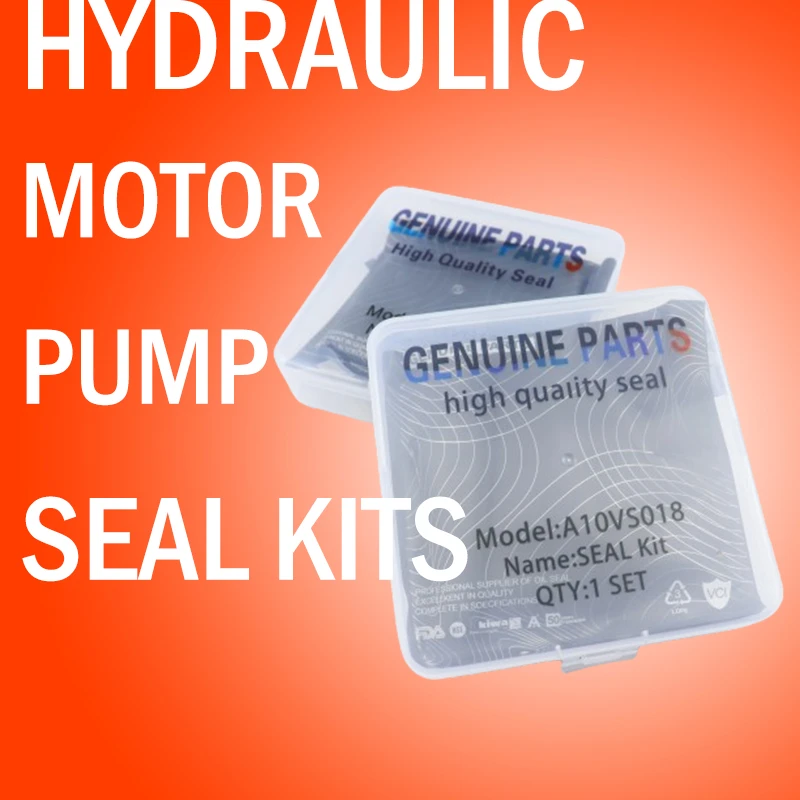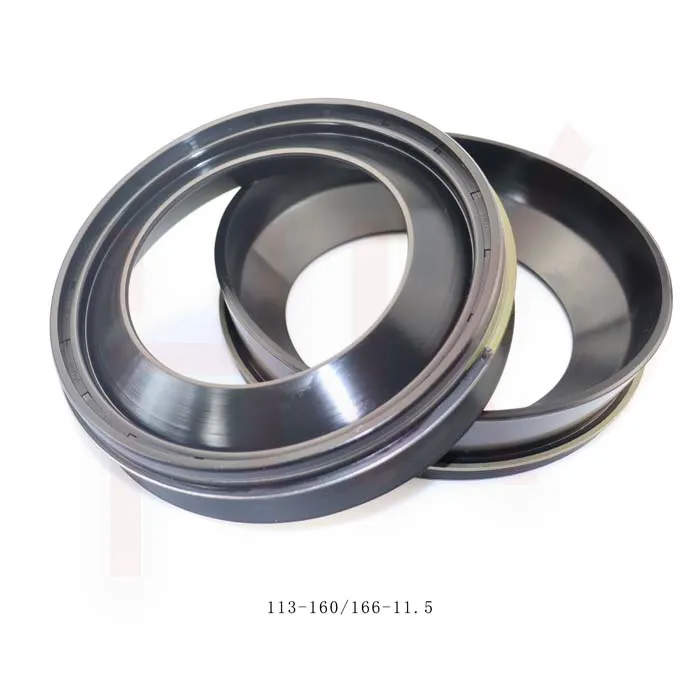Nov . 29, 2024 15:50 Back to list
Exploring the Benefits and Uses of Seal Kits for Various Applications
Understanding Seal Kits Essential Components for Optimal Performance
Seal kits play a crucial role in a variety of mechanical systems, particularly in hydraulic and pneumatic applications. These kits are essential for ensuring the proper functioning and longevity of equipment by preventing leaks and maintaining pressure. In this article, we will delve into the various aspects of seal kits, including their components, types, applications, and maintenance tips.
What is a Seal Kit?
A seal kit is a collection of seals and related components designed to be used in machinery or equipment to prevent the leakage of fluids, gases, or other materials. The primary function of a seal is to provide a barrier that keeps lubricants in and contaminants out. Seal kits can contain O-rings, shaft seals, gaskets, wipers, and backup rings, among other items, all tailored to specific applications.
Components of Seal Kits
1. O-Rings These are circular rings made from elastomers that provide a tight seal in static and dynamic applications. They are widely used due to their simplicity and effectiveness.
2. Shaft Seals Also known as lip seals, these components are used to seal rotating shafts. They typically consist of rubberized materials with a metal casing, capable of enduring high pressures and temperatures.
3. Gaskets Gaskets are flat seals used between two mating surfaces to prevent leaks. They can be made from various materials, including rubber, cork, and metal.
4. Wipers Wipers are designed to keep contaminants from entering machinery. They are commonly found in hydraulic cylinders, where they wipe away dirt and debris from the rod.
5. Backup Rings These help prevent extrusion of O-rings under high pressure, adding an extra layer of protection for seals in demanding environments.
Types of Seal Kits
Seal kits can be categorized based on their application or the type of fluid they are sealing. Some common types include
1. Hydraulic Seal Kits Used in hydraulic systems such as excavators, forklifts, and other heavy machinery, these kits are designed to withstand high pressure from hydraulic fluids.
seal kits

2. Pneumatic Seal Kits These are used in air-powered applications like compressors, actuators, and other pneumatic devices. They are designed to handle air and other gases at a lower pressure compared to hydraulic systems.
3. Oil Seal Kits Specifically designed to seal lubricants in automotive and machinery applications, these kits are built to withstand high temperatures and prevent oil leakage.
Applications of Seal Kits
Seal kits are used across various industries, including
- Automotive In engines, transmissions, and differential assemblies to keep fluids contained and ensure optimal performance. - Aerospace In hydraulic systems of aircraft where reliability is critical. - Manufacturing In machinery that requires lubrication and effective sealing to prevent contamination. - Construction In heavy equipment such as bulldozers and excavators, where hydraulic systems are prevalent.
Maintenance Tips for Seal Kits
To ensure the longevity and effectiveness of seal kits, proper maintenance practices should be followed
1. Regular Inspections Check for wear, tear, or signs of leakage. This simple practice can prevent major breakdowns.
2. Use the Right Lubricants Compatibility of lubricants with seal materials is crucial. Using the wrong type can degrade seals prematurely.
3. Follow Manufacturer Guidelines Always adhere to recommended maintenance schedules and replacement intervals provided by the equipment manufacturer.
4. Keep Clean Maintain a clean workspace to prevent contaminants from entering the sealing areas during repairs or replacement.
In conclusion, seal kits are vital components in various machinery and equipment, playing a key role in preventing leaks and ensuring efficient operation. Understanding their types, components, and proper maintenance can lead to improved performance and extended equipment lifespan. Investing in quality seal kits and replacements is essential for anyone looking to maintain the reliability of their machinery.
-
Reliable Oil Seal Wheel Hub Solutions for Industrial & Automotive Use
NewsNov.17,2025
-
Durable Front Hub Oil Solutions for Industry – HKAiSeal
NewsNov.17,2025
-
Wholesale Hydraulic Pump Motor Seal Kit A4VSO250 | In Stock
NewsNov.17,2025
-
Pump Seal Kits: Essential Components for Industrial Reliability
NewsNov.17,2025
-
TCV Oil Seal - Double-Lip, Spring-Loaded, High Temp & Wear
NewsNov.17,2025
-
Hydraulic Seal Kits: Reliable Solutions for Industrial Equipment
NewsNov.17,2025
-
Combined oil seal 659214 12001903B, fits 119990, NBR OEM
NewsNov.17,2025
Products categories
















